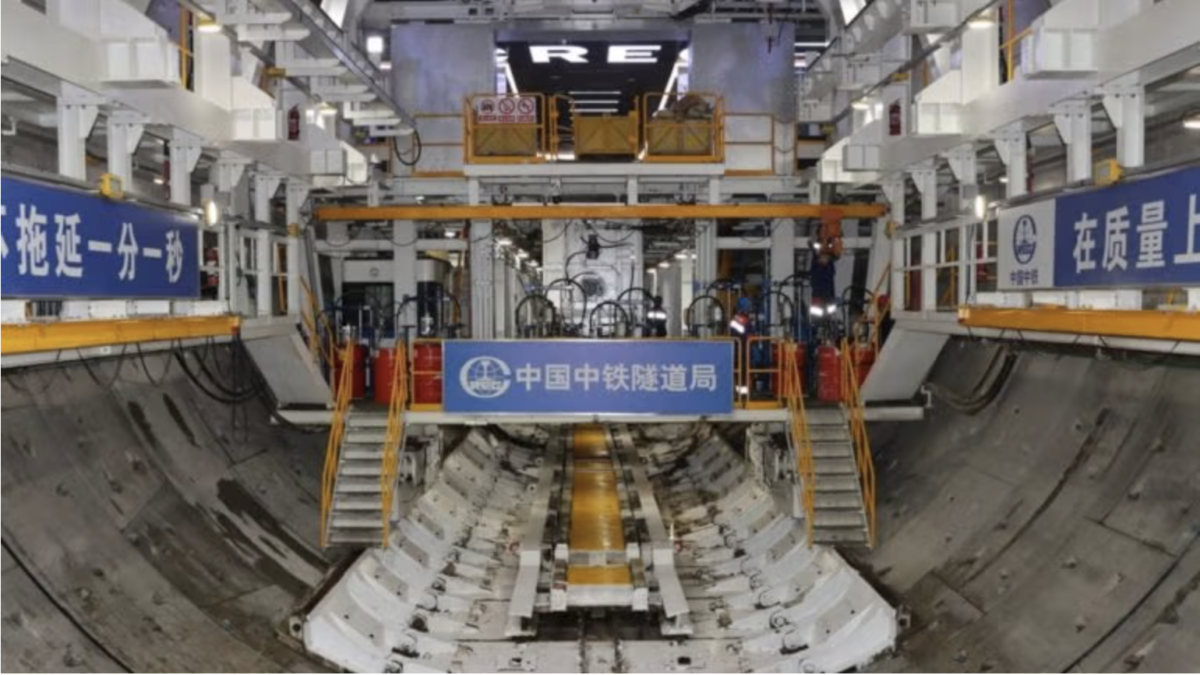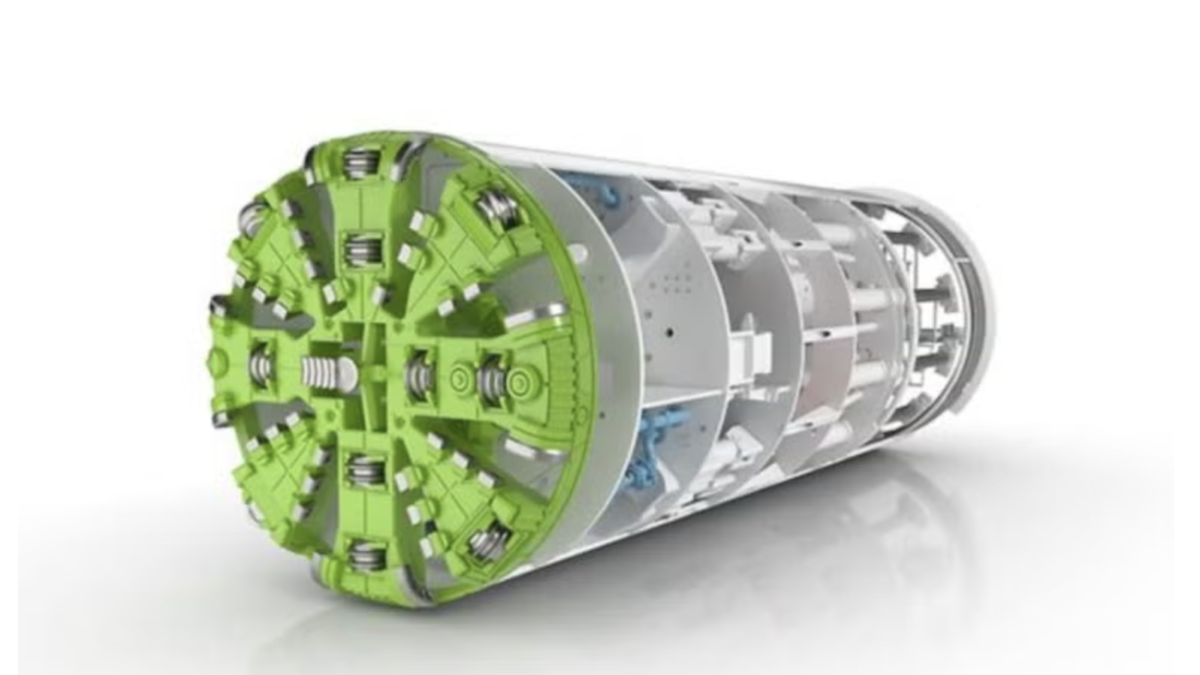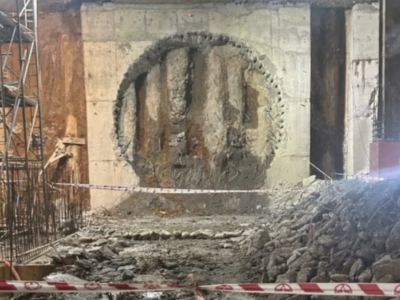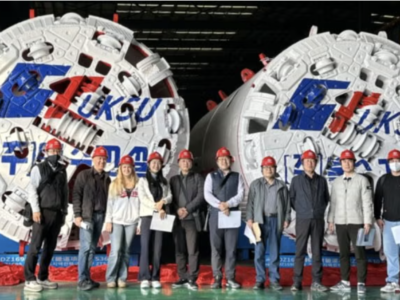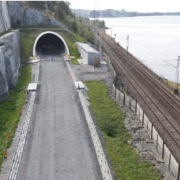
In order to transporting the elements for the Scheldt Tunnel to Belgium, Lantis and contractor TM Cotu have started flooding the construction dock in Zeebrugge.
Currently the immersed tunnel’s eight elements are ready to be transported to Antwerp, whereas they have taken two years to construct and is going to create a new crossing beneath the Scheldt River. The tunnel is a key part of the city’s new Oosterweel ring road.
The date of commencing flooding of the construction dock, which is almost 900x150m, was previous week and the estimated time duration for filling the area with 800,000m³ of water, the equivalent of 320 Olympic swimming pools, is seven days.
According to Lantis project manager Bert Claeys: “Filling the construction dock was needed to be done slowly.This allows us to regularly inspect the tunnel sections for any leaks. As soon as the dock is completely under water, the tunnel sections disappear from view. A special moment, because it is one of the last times that we can see the tunnel sections that we have worked so hard on.”
Intending that the tunnel sections can leave the dock, removing a section of the dyke is the next step and this will only happen after the dock is filled with water.
Claeys also added:”By filling the dock first, we create a water buffer. This prevents the canal water from suddenly and uncontrollably flowing in when we open the dyke, and everything proceeds safely and in a controlled manner. We used the same method for the dyke breach on the Left Bank.”
As an important issue tunnel sections’ transport and for when they are lowered into their final location in the Scheldt, they must not only be watertight, they must also be able to float and sink. Involving two 3,000m³ tanks of and two 1,000m³ tanks, each tunnel section has been equipped with five ballast tanks in recent months, which are linked to a pipe system to accurately regulate the weight and buoyancy of the tunnel sections. The ballast tanks were also filled with water while the construction dock was being filled to ensure the elements remain stable on the bottom until the moment of departure.
May 19 is scheduled date for commencing 100km journey of the first of the tunnel sections to Antwerp, which each weigh up to 60,000 tonnes.
Each tunnel section will travel from Zeebrugge to the Doel Dock in Antwerp in approximately 30 hours, with stops in the Zeebrugge outer harbour and in Terneuzen to wait for high tide.
Tides and the weather are the important factors in placing the elements in their final position and until a neap tide occurs the elements are due to remain in the Doel Dock and they can be sunk into position. The first element will be immersed in early July and all eight tunnel elements should be in place by the end of the year.
Two tubes for car traffic, a 6m-wide tube for bicycles as well as an emergency tunnel are the contents of the Scheldt Tunnel.
While from 2028 cyclists will be able to use this tunnel, it is slated to open to vehicles in 2030 and the entire Oosterweel connection will open in 2033.


